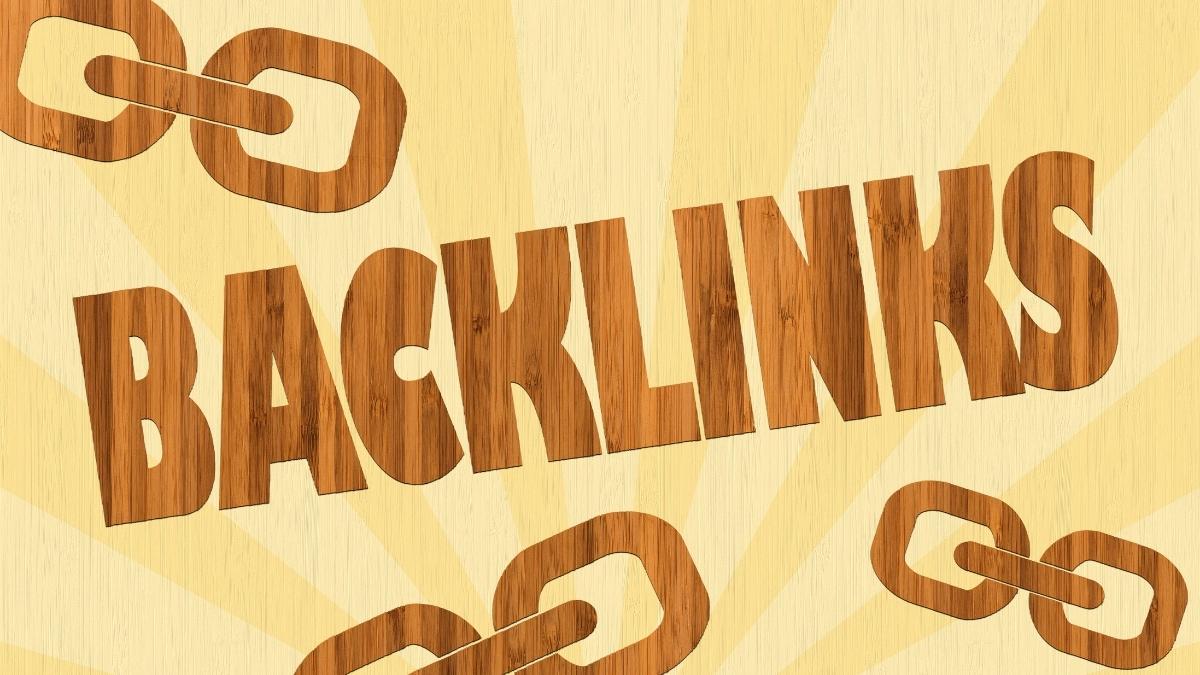
In terms of SEO, link building is one of the most crucial components. Every website owner spends a lot of effort attempting to obtain backlinks from relevant websites because they know that a site with quality links will perform better than a site with no links at all.
What about bad backlinks, though? Can you ever get enough of those? And how can you tell whether your link-building efforts might be having unintended negative effects?
In this article, we’ll examine the distinction between quality backlinks and how to recognize them.
What Are Bad Backlinks And How Do They Affect Your Site?
Bad backlinks are links from low-quality or spam websites that can negatively affect your website’s ranking. These links can come from a variety of sources, including paid link farms, blog comment spam, and hacked websites.
Google’s algorithm is designed to identify and devalue bad backlinks, but they can still do damage to your site if you have too many of them. Too many bad backlinks can lead to a drop in your search engine rankings, and it can also get your site penalized by Google.
If you suspect that you have bad backlinks, you can use Google’s Webmaster Tools to disavow them. This tells Google to ignore the links and not count them toward your site’s ranking. You should only use this tool as a last resort, however, as it can be difficult to recover from a disavowal penalty.
5 Backlinks to Avoid
Here are five bad backlink methods to avoid:
1. Spammy Linking Practices.
The linking practices that some website owners use in order to increase their website’s ranking are called “spammy.” These links are considered low quality because they are often not relevant to the content on the site, and they can be from sites that are not reputable. Google algorithms can detect these links and may penalize a website for having them. This is why it’s important to avoid using spammy linking practices when trying to improve your website’s ranking.
2. Directory Sites.
When it comes to backlinks, directory sites are one to avoid. These sites provide links to other websites, but they aren’t always high quality. In fact, many directory sites are filled with spammy links that can hurt your site’s ranking.
So why are directory sites a backlink to avoid? First, they’re not always high quality. Second, they can be filled with spammy links. And third, they can actually hurt your site’s ranking.
If you’re looking for high-quality backlinks, steer clear of directory sites. There are plenty of other places to get quality links that will help improve your site’s ranking.
3. Unnatural Link Profiles.
When it comes to backlinks, quality is always better than quantity. But what exactly is a quality backlink? In general, a good backlink will come from a relevant and authoritative website. But there’s another factor to consider: the link profile.
A link profile is simply the collection of all the links pointing to a given website. And an unnatural link profile is one that doesn’t look “natural” – in other words, it looks like the site is trying to game the system by artificially inflating its link count.
There are a few things to watch out for when evaluating a link profile. First, take a look at the anchor text. If most of the links use exact match keywords, that’s a red flag. Second, check out the linking sites themselves. Are they all from low-quality websites?
4. Links from Low-Quality Websites.
Links from low-quality websites are a backlink to avoid. This is because links from these websites can negatively affect your website’s ranking in search engine results pages (SERPs). In addition, links from low-quality websites can also result in your website receiving less traffic. So, if you’re looking to improve your website’s ranking and traffic, it’s best to avoid links from low-quality websites.
5. Spam or Anonymous Commenting.
When it comes to commenting on blogs and websites, spam or anonymous commenting is a backlink to avoid. These types of comments are often made by people who are trying to promote their own website or product, and they generally don’t add anything of value to the conversation.
Additionally, spam comments can be a source of malware and viruses, so it’s best to avoid them altogether. If you see a comment that looks like it might be spam, report it to the site administrator so they can take action.
Ultimately, it’s up to each individual website owner whether or not they want to allow comments from anonymous or Spam commenters. However, if you’re looking to add value and engage in meaningful conversations, it’s best to steer clear of these backlinks.
Final Thoughts
Google is continually improving its ability to identify artificial links and penalize websites for them. However, it’s still crucial to keep a close lookout for questionable backlinks on your own. By routinely checking Google Search Console, keeping an eye on your website’s link profile, and eliminating any spammy or suspect links, you can defend your website.